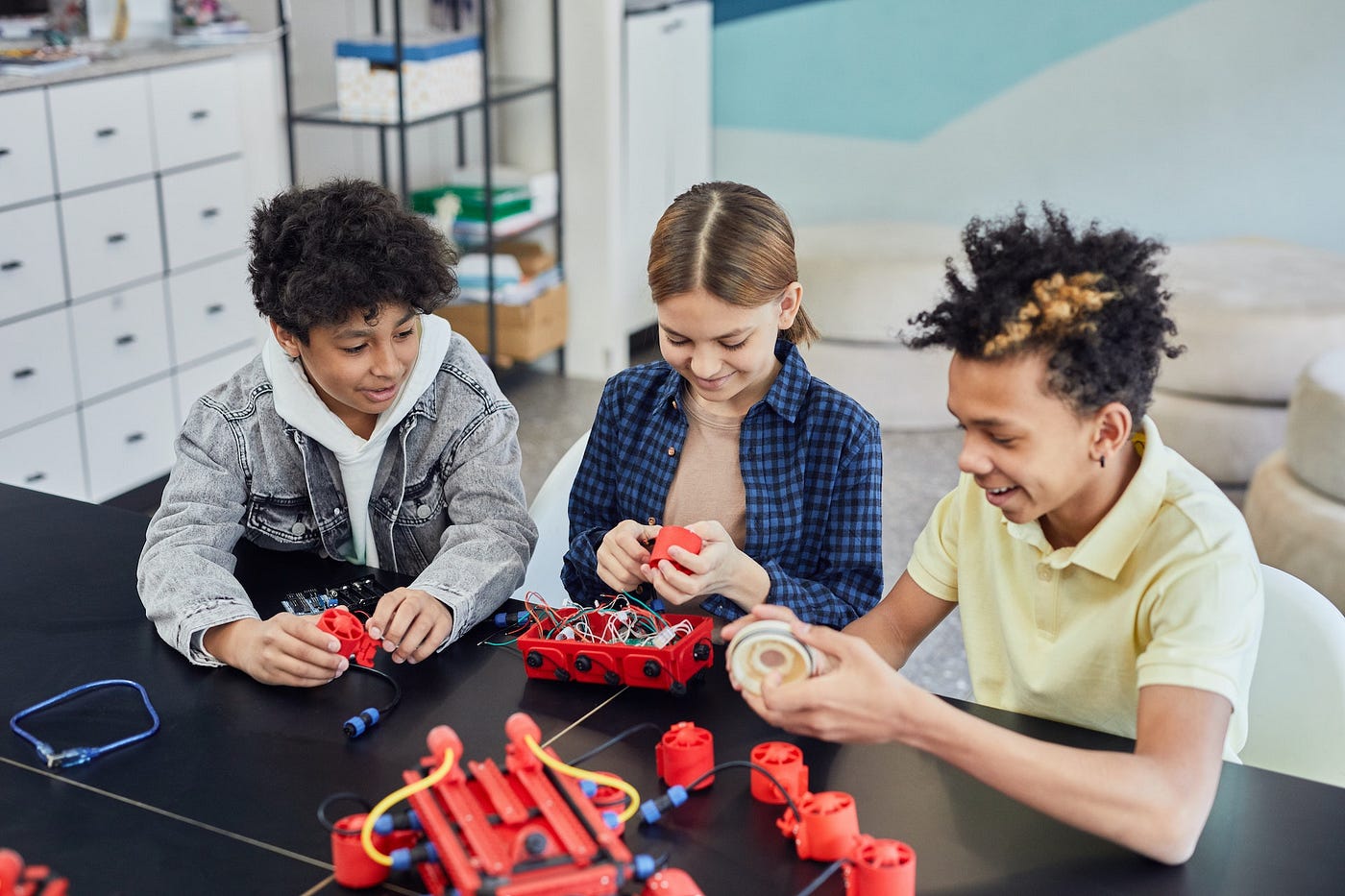 |
| Photo: Vanessa Loring Photo: Vanessa Loring pexels.com |
Remember when you learned to read in school? The teacher placed you in a group by your reading level. That was it for working in a group for the day.
Some lower-level students stagnated because they weren’t challenged in the same way as those in higher-level groups.
Consider that there are two types of groups, heterogeneous and homogeneous. Arguments exist that the former is better than the latter.
The former consists of students of varying genders, English language proficiency levels, academic levels, and social skills.
The latter includes students who are at the same academic level in a subject such as leveled groups which would be used for reading instruction in the elementary grades.
In order for students to acquire language and learn academic vocabulary in useful contexts, they need to do a great deal of work in groups that expose them to peers of varying academic levels not just with peers who are at the same level.
Peer interaction is a way students can communicate with less anxiety. Research findings suggest that “mixed or heterogeneous ability or achievement groups” offer several advantages:
1) Less able pupils are at reduced risk of being stigmatized and exposed to a “dumbed-down” curriculum.
2) Teachers’ expectations for all pupils are maintained at higher levels.
3) Opportunities for more able students to assist less able peers in learning can be realized” (Glass, n.d.).
In order to determine homogeneous groups, Glass discusses tracking, saying, “Tracking, then, is about the rationing of opportunities. From the perspective of the low-track student, it’s about deciding that this student should not be exposed to curriculum and instruction that would prepare him or her for subsequent serious learning. Tracking happens when the teacher tests students and then places them in leveled groups.
Factors such as age, personality, academic level, gender, and language proficiency levels are required when placing students into groups so that communicative interactions play a dynamic role in language learning and acquisition.
Frequently rouping students heterogeneously in the classroom benefits them because they can authentically learn from peers who express a wide variety of views, emotions, and academic knowledge.
Homogeneous grouping leaves students in rote learning modes — peer interaction at the same level is the communication that is shared, oftentimes leading to less student motivation or to a feeling of self-fulfilling prophecy. They become keenly aware that expectations are low compared to students in higher-level groups.
Glass, G.V. (n.d.) Grouping students for instruction. https://nepc.colorado.edu/sites/default/files/Chapter05-Glass-Final.pdf
No comments:
Post a Comment